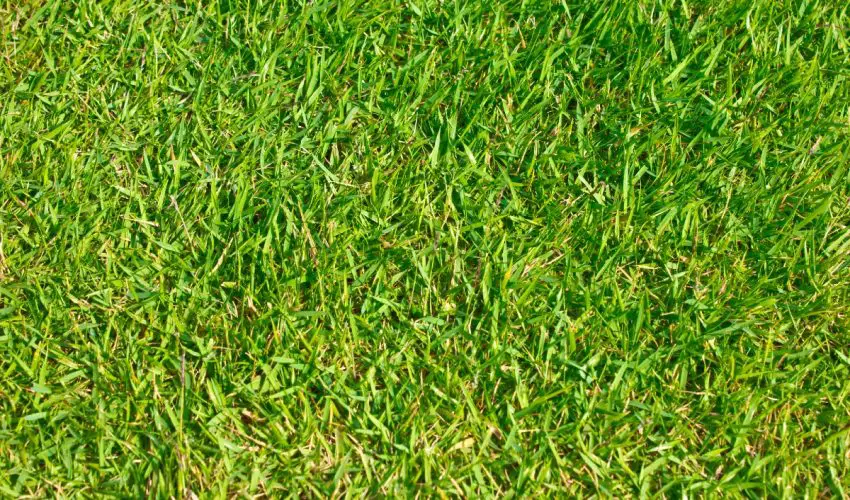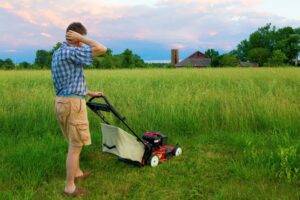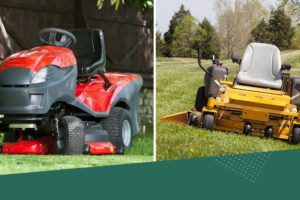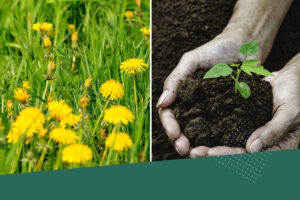Also called “finger-grass” because its blades resemble fingers, crabgrass is a pesky weed. It is a lawn weed that plagues pastures, gardens, yards, and lawns.
Although you can remove crabgrass during any season, it is best to do it in summer. Are you worried about how to get rid of crabgrass in the summer? You are in the right place. In this article, you will learn some tips about getting rid of or preventing crabgrass from infesting your lawn, pasture, or garden in summer.
If you do not stop crabgrass on its tracks, it can swiftly take over your lawn or yard. Fortunately, crabgrass dies each fall, giving you the chance to prepare for the coming summer and prevent it early. Read on to learn how to get rid of crabgrass in the summer.
1. Using Herbicide on Existing Crabgrass
Herbicides kill plants upon application. Some herbicides only target specific plants and weeds, while others kill any plant we apply them to. For this reason, choose a herbicide that will only kill the crabgrass on your lawn and leave the grass. Crabgrass herbicides come in various forms and spread in several ways. Some need to be sprayed while others are applied like fertilizer.
2. Regularly Fertilize the Lawn to Prevent The Crabgrass
Crabgrass can survive in environments or areas where the grass struggles to thrive. It can survive in arid areas that do not have the proper nutrients needed by plants to thrive. If the soil supporting your lawn does not have the required nutrients, your yard may become spotty with crabgrass patches.
To keep the crabgrass away, you need to fertilize your yard throughout summer. Every about seven weeks, fertilize your yard or lawn from the spring until the crabgrass dies in autumn. Lawn fertilizer introduces vital nutrients into the soil, ensuring that your lawn has thriving grass. The proper nutrients deter weeds like dandelions and crabgrass from growing. We recommend fertilizers rich in potassium, phosphorous, nitrogen, and other minor elements.
3. Pull Out the Crabgrass by Hand
If you do not mind hard labor, you can remove crabgrass by pulling it out using your hands. While this can be backbreaking, it is an effective method. To avoid injuring your hand, ensure you wear some gardening gloves. A shovel is another gardening tool that can be vital when you plan to pull the crabgrass by hand. It is essential in digging up the crabgrass roots for easier removal.
However, even after removing all the crabgrass by hand, this does not mean it will not come back. It spreads rapidly because, by the time it is germinating, it means there are seeds under the soil. Therefore, ensure you practice good lawn care techniques, water, and fertilize your yard or lawn regularly to keep the crabgrass away.
4. Use the Crabgrass Preventer on Your Lawn
Because it can take over your lawn or yard, you need to take every precaution to prevent and eliminate crabgrass. Because you are dealing with a pest, you can quickly get rid of crabgrass using pest control. The ultimate pest control for eliminating this pest is the crabgrass preventer. So what is it? It is a herbicide that eliminates or kills crabgrass in the germination process before even sprouting from the ground.
Crabgrass preventers are found in many lawn fertilizers. By applying it, you will kill two birds using one stone. However, before using a crabgrass preventer, there are several things you need to understand.
When Should You Apply Crabgrass Preventer?
The crabgrass preventer is pre-emergent, meaning you should apply it on the soil before the emergence of crabgrass. It will not work if applied when the crabgrass has established itself as a seedling. Timing is essential in the application of crabgrass preventers.
Apply crabgrass preventer when the soil temperatures are about 50-600F
It ensures that the preventer dissolves before crabgrass germinates. Otherwise, it will not affect crabgrass seedlings if you apply it late.
How is crabgrass preventer applied?
It is essential to know how to use the crabgrass preventer if you plan on using it. You may apply it properly, but if the required follow-up steps are not taken, the crabgrass preventer might not be effective. Many crabgrass preventers are spread using a normal fertilizer spreader. After you spread it, water the lawn to allow the fertilizer and the preventer to soak within the soil.
5. Water Your Lawn
Weeds and crabgrass survive in arid environments. To thrive, most weeds require little water. Supplying your lawn with enough water in summer is an easy fix that keeps crabgrass off your lawn.
The frequency at which you need to water the lawn varies based on the climate of your locality, and the rainfall received per year. Ideally, the lawn should get about 1″ of water every week for the grass to remain healthy and eliminate any unwanted weeds. Watering your yard regularly in summer keeps the grass flourishing and prevents the crabgrass from germinating.
6. Aerate the soil
Aerating your lawn does not eliminate crabgrass in a single day. However, it is a good solution in the long run because when you aerate your lawn, you allow water and nutrients from fertilizers to soak into the soil. Regularly aerating your yard ensures that the grass receives the requisite oxygen for healthy growth. This also prevents the germination of weed seeds, including crabgrass, which are most likely to sprout with aeration.
7. Preventing Crabgrass with Mulching
If you do not like using pesticides and herbicides to eliminate weeds, mulching is a good alternative for blocking weed seeds from sprouting. You can use many substances as mulch, such as grass clippings, and leaves. This way, you cover the soil and prevent weed seeds from germinating in your lawn.
Conclusion
Crabgrass can make your lawn unsightly. Therefore, taking measures to get rid of it and preventing its germination is vital in ensuring your yard remains scenic. Most people wonder how to get rid of crabgrass in the summer. The methods above can help you remove crabgrass or prevent its germination in summer. Give your lawn a beautiful look by using either of them today.





